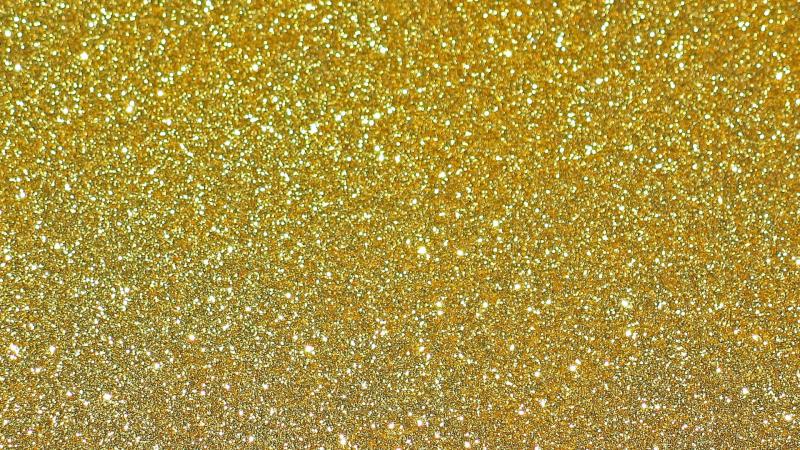
In a new study, researchers have developed a low-cost and eco-friendly method to extract gold from electronic waste using the leaves of the plant Lagerstroemia speciosa, commonly called the Pride of India. They have applied the principle of biosorption—the ability of biological materials in an aqueous solution to bind with heavy metals—to extract gold from wastewater. The findings of the study, published in the journal Separation and Purification Technology, show that nearly 100% of the gold can be extracted from e-waste that includes circuit boards of mobile phones, laptops, cameras and other electronic appliances.
Gold is used in the manufacture of electronic circuit boards due to its high electric conductivity and inert nature. In fact, printed circuit boards have a higher concentration of gold than naturally occurring ores! In 2016, an estimated 44.7 million tonnes of e-waste was generated in the world. With the numbers only increasing every year, the race is on for finding effective ways to extract this wealth from waste to meet the ever-increasing demand for gold.
In this study, researchers from the North Maharashtra University, the Indian Institute of Technology Kanpur and the Directorate of Geology and Mining, Government of Maharashtra, suggest using biosorption as an eco-friendly alternative to the conventional methods. In traditional methods such as precipitation and ion exchange, many toxic chemicals are used and produced, which harm the environment. Biosorption, on the other hand, is not only eco-friendly but also economical.
The researchers used powdered leaves of Lagerstroemia speciosa, a deciduous tree native to Southern Asia and widely cultivated for its ornamental value. They enhanced the adsorption capacities of the powdered leaves by modifying their chemical structure with Polyethylenimine (PEI)—a cationic polymer which has many applications in adsorption and extraction of metals. This process “improves the mechanical strength of the biosorbent (the powdered leaves) and augment the adsorption potential”, say the authors. It is because PEI prevents the leaching of organic matter, leaves in this case.
The researchers tested the improved powdered leaves on e-waste and jewellery-washed wastewater. E-wastes, such as printed circuit boards, were treated with nitric acid and aqua regia solutions to remove the base metals and prepare the gold-bearing acid-leached solutions. The powdered Lagerstroemia speciosa leaves were then used to separate gold from the solution. They found that the powdered leaves have high gold absorption and adsorption capacity, and recovered more than 95% gold from the acidic solution on which it was tested.
So how does the leaf help in recovering gold? The researchers studied the adsorption-reduction mechanism using X-rays to figure this out. They found that the positively charged molecules of the PEI-modified powdered leaves are at first attracted to the negatively charged gold complex (AuCl4 –) present in the solution. It then undergoes reduction to give pure gold, which can then be separated from the surface of the powdered leaves using acid thiourea. The separation process also enables the biosorbent to be reused for several cycles of gold recovery.
“It is likely that the amino group from PEI forms complexes with gold ions and subsequently reduces these to zero-valent gold. This adsorption-reduction mechanism reduces gold ions to zero-valent gold on PEI-LS surface”, say the researchers, talking about the chemical reaction that enables gold recovery. They also conducted various experiments to understand how different parameters affect the efficiency of gold recovery.
This study explores a quick, near complete gold recovery from waste using leaves of a native plant species—an approach that could be a potential answer to the management of e-waste in the country.






